Anticipating AI Dominance: A Sneak Peek into CES 2024 in Las Vegas and Latest Reveals
Despite feeling like it was just yesterday when we were all gathered in a cramped room in Las Vegas, devouring average takeout and casting our votes for ReturnByte’s Best of CES Awards, CES 2024 is rapidly approaching. The event is scheduled to take place from January 9 to January 12, but preliminary CES-related activities are anticipated to commence on January 7.
Last year we saw a focus on accessibility and a rather disturbing number of things to pee on or in. While we’ll probably see a lot of devices designed to help the hearing-impaired and the mobility-impaired this year, we’re expecting new trends to steal the headlines. Here are a few of our staff’s predictions for what to expect at CES 2024 in Las Vegas — plus a roundup of the pre-show press release.
User-friendly solar electricity
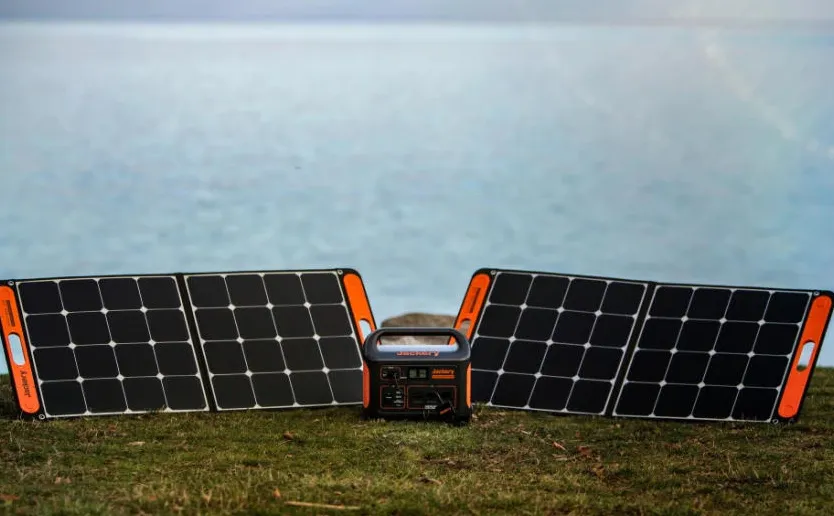
I suspect that CES 2024 will be full of clean energy technology in the form of consumer hardware. Solar panels have traditionally been the domain of professional contractors, but independent installations are becoming more common. Two or three years ago this equipment would have been aimed at motorhome users, but now it’s going mainstream. Pop-up panels combined with an inverter and batteries that look like air conditioners sitting inconspicuously in the corner are all the rage. On the plus side, most of these setups are plug and play, so there’s no need for professionals to get involved.
There are a couple of factors behind this, outside of the narrow audience of those seeking to get off the grid. Many places outside of the United States have experienced dramatic increases in the cost of energy, and it’s foolish to think the same won’t happen here. Not to mention, people in places like Texas have seen the power grid go down with devastating consequences. It’s going to be a big market in the next few years, and I expect more and more consumer brands to follow Anker and Jackery into the world of home batteries. — Dan Cooper, UK Senior Editor
MEMS headphones
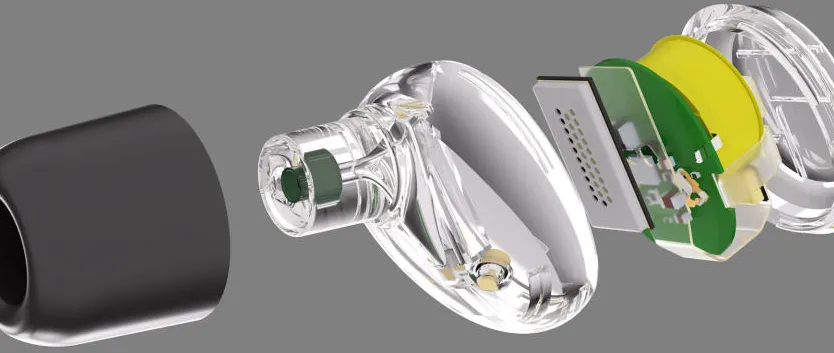
If ReturnByte’s audience stats are any indication, audio geeks are very excited about MEMS headphone drivers. As my colleague James Trew has revealed in his report, microelectromechanical systems (MEMS) may well be the next big thing in headphones. A California-based company called xMEMS is the first to bring solid-state components to market, and the first true wireless headphones to use them have recently gone on sale.
Some of the benefits of MEMS drivers are said to be better response, better durability and more consistent accuracy. They also don’t require the calibration or matching that balanced armatures or dynamic drivers need on the production line. The only downside is that in their current state they still need a hybrid setup with a secondary bass driver. In its next-generation MEMS speaker, however, xMEMS promises 40 times louder bass response.
The new model is called Cypress, and the company is showing it off to attendees at CES. xMEMS says its performance is in line with the bass of the “best” 10-12 coil drivers currently used in headphones. In addition, Cypress can improve ANC performance, which xMEMs say covers higher frequencies – including crying babies. The company has already said that the components will not go into mass production until the end of 2024, so consumer products are more than a year away. But the promise is too good to be too excited about the very early preview in Las Vegas. – Billy Steele, Senior Editor
Wi-Fi 7 in everything
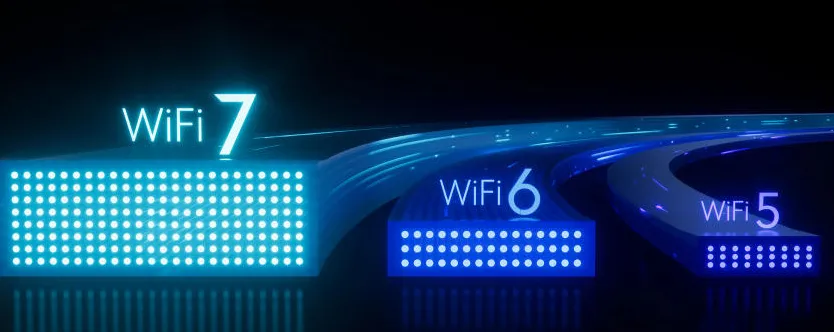
While it may not be the most exciting development, at CES 2024 I expect to see several new devices with Wi-Fi 7 support – from laptops to TVs and everything in between. At the moment, it’s still a work in progress, but official Wi-Fi 7 specifications are expected sometime in early 2024, so gadget makers want to get an early jump. Some of the advantages of Wi-Fi 7 include a maximum speed of up to 46 Gbps – more than twice as fast as that used by Wi-Fi 6/6E – and a channel width of 320 MHz, which offers twice the capacity of previous generations.
Another important feature is MLO (multi-link operation), which allows Wi-Fi 7 devices to use two lanes at the same time, effectively turning a single wireless connection into a two-lane highway. For people with larger homes, this should improve the performance of mesh networks by allowing devices to switch frequencies without losing speed or connectivity. QAM (Quadrature Amplitude Modulation) is also getting a significant boost from 1024-QAM in Wi-Fi 6/6E to 4096-QAM in Wi-Fi 7, which allows devices to pack more information into the same carrier signal.
The downside is that while there are some gadgets on sale today, like the Samsung Galaxy S23, that already support Wi-Fi 7, you’ll need both a compatible device and a router (not to mention a fast enough internet connection) to take full advantage of the spec. In short, you should keep an eye out for new devices that work with Wi-Fi 7, but don’t rush out and upgrade everything in your home until prices stabilize and become more common. – Sam Rutherford, Senior Editor
The year of the AI PC
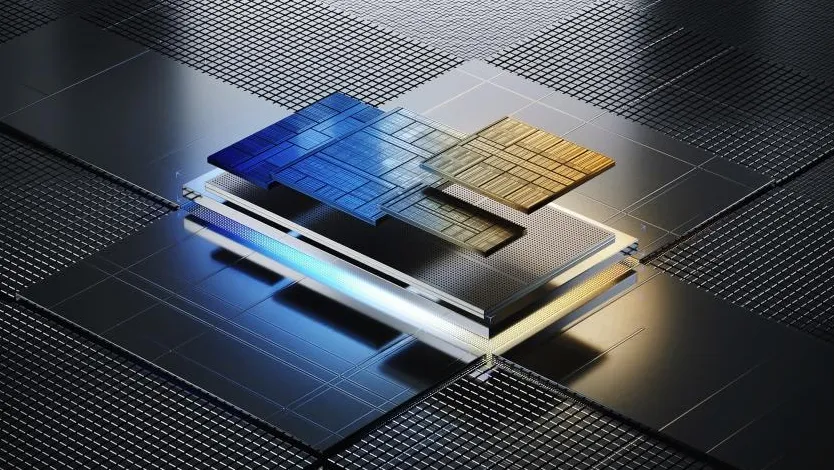
If there’s one buzz term you’re sure to hear in 2024, it’s “AI PC.” It’s a term used by both Intel and AMD to describe computers equipped with chips that have NPUs, or neural processing units. In the same way that GPUs speed up graphics processing for gaming, the NPU breaks down AI tasks to process them more efficiently. In Windows 11, this is mainly limited to Microsoft’s Studio effects, which can blur video chat backgrounds or enhance lighting. But more Windows AI features are rumored to be on the way (Microsoft’s push to bring Copilot AI everywhere is a big sign), and companies like Adobe and Audacity are also developing NPU-enabled features into their apps.
Over the years, chip makers have been reaching for higher clock speeds, smaller process designs, and many other architectural upgrades like 3D transistors to make their hardware faster and more efficient. Moving to a mobile chip design like Apple’s Silicon is yet another way to reduce power consumption while accelerating computing capabilities. Intel, AMD and other companies are also focusing more on graphics to improve basic gaming performance while freeing up some creative tasks like media encoding. NPUs are the latest tool chip designers can rely on, and they also have the potential to completely change the way we use our computers (or at least deliver a bit more power and battery life for ultraportables).
While it’s easy to be skeptical of marketing terms, the phrase “AI PC” is at least functional. There are still plenty of laptops on the market without NPUs – Intel only got into the AI game with the new Core Ultra chips – so consumers need an easy way to differentiate between different types of systems. After all, if you’re upgrading your laptop to take advantage of Windows Studio effects and AI-based software, you don’t want to be stuck with a non-NPU system for several years. — Devindra Hardawar, Senior Editor
Truly wireless TV
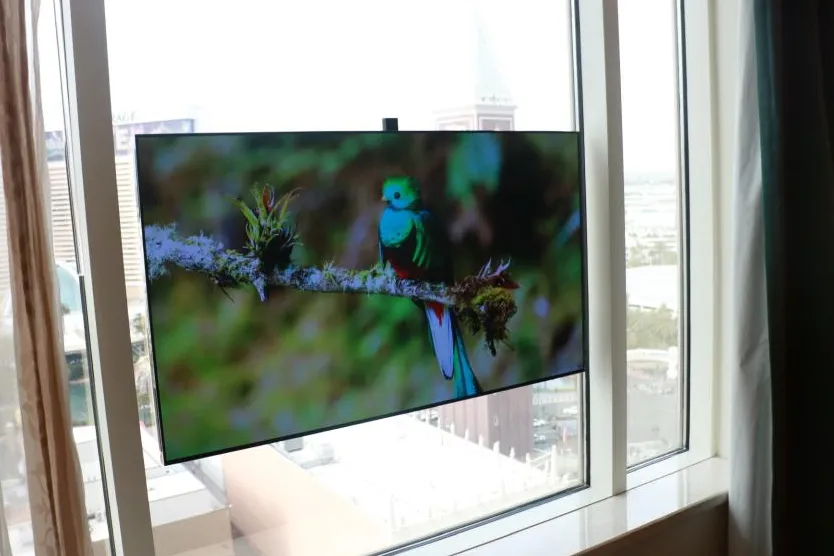
Displace was successful at CES 2023 with its truly wireless TV that can be installed anywhere, even as a suction cup on a window. The company’s demo left us with a lot of questions because it wasn’t ready to discuss the main details of the product yet, as it was showing off CES-specific prototypes. The company is returning to Vegas this year and has already announced what it plans to feature.
First, Displace says that two sizes of TVs will be introduced: the 27-inch Displace Mini and the 55-inch Displace Flex. The screen we saw earlier this year was also 55 inches, but the key difference between it and the Flex is that this new version attaches to an optional magnetic wireless charging stand. Both the Flex and Mini offer enough battery to last a month if you watch six hours of content per day, according to the company. No pricing is available for these yet, but they will be available for pre-order on January 9th, so we’ll find out soon. Displace said it will also show a 110-inch model at CES, though details are scarce.
The original version has gone up in price since last CES: it’s now $4,499, and orders won’t ship until mid-2024. The new Mini and Flex are also not expected to be ready before the end of next year. The main thing we’re looking for at CES is a status update. Are the units polished anymore? Have there been any significant updates since the first prototype? How much do extra replaceable batteries cost? Does it look like the company will actually be able to deliver in the next 6-12 months?
Displace has also announced an artificial intelligence-based shopping platform for its televisions. Using the same gestures that control television viewing, the technology can analyze a paused scene for products that might be on sale. The system also allows you to make purchases quickly either by bringing your phone or watch near an NFC-compatible TV or by using a mobile application. Displace says that the goal of its products has always been ambient computing, and the first step towards that is this shopping platform. It is also a way for the company to make money from the TVs after the initial sale. – Billy Steele
Announcements so far
Even though CES 2024 officially starts on January 9, that hasn’t stopped some companies from making announcements a few days early. Here’s some of the bigger news we’ve reported so far:
- Dell announced the new XPS 13, 14 and 16 laptops and a curved 40-inch 5K display.
- Speaking of laptops, expect to see a bunch of hotkeys for Microsoft’s Copilot AI assistant at CES.
- LG has been one of the most prolific pre-CES newsmakers with its bipedal AI-powered robot; a series of new OLED TVs (including a 98-inch QNED model); updated Gram notebooks; a strange-looking 4K projector; 480 Hz OLED panel for gaming; 4K screens with webOS ready; and the DukeBox, which places vacuum tube sound behind a transparent OLED screen.
- More OLED gaming monitors! Samsung announced three of its own non-glare OLED screens.
- It wouldn’t be CES without TVs. Roku is at CES with its first self-produced premium sets.
- Not all headphones with active noise cancellation have to be expensive. JLab announced a pair that costs just $80.
- Qualcomm has an improved Snapdragon chip for virtual reality and mixed reality.
- TomTom and Microsoft are collaborating to bring generative artificial intelligence to cars.
- For food lovers, GE introduces a $1,000 smart indoor grill smoker.
- Razer’s new Razer Blade 16 laptop has the world’s first 16-inch 240 Hz OLED screen.
- A company called Clicks wants to bring back iPhone cases with physical keyboards.
- Samsung is partnering with Tesla and Hyundai to offer more deeply integrated controls for smart homes and electric cars.
- Later, Samsung also introduced a fleet of home theater equipment, including its AI-powered 2024 TV lineup, a soundbar with HDMI 2.1, a Music Frame speaker that pairs with Frame TVs, a smart display that doesn’t require a PC, and projectors. which turn any surface into an interactive display.
- You can always count on Kohler to show up at CES with luxuriously decadent bathroom fixtures. This year it’s a voice-controlled bidet seat that turns an ordinary toilet into a smart one.
- Acer updated the Swift and Aspire notebooks and also unveiled a huge 57-inch ultra-wide screen.
- Xreal is billing the new Air 2 Ultra as an affordable alternative to Apple’s upcoming Vision Pro headset.
- Withings announced BeamO, an all-in-one thermometer, EKG and stethoscope.
- Mui’s newest oddly designed wooden smart home controller brings Matter support, which the previous generation model would have been too old for.
- Govee has an AI chatbot that programs the lights for you.
- You’ve seen Concept2 rowing machines – they’re the most common rowing machines. Your local gym probably has one. Anyway, a company called Myrow made a Peloton-like third-party display for it.
- Definitely one of the weirdest things we’ve seen yet: an AI-powered cat door that stops your cat from dragging in dead mice.
Early CES 2024 hands-on messages
- ReturnByte Associate Editor Cherlynn Low got hands-on with the new LG Gram Pro 2-in-1, which comes in 16- and 17-inch screen sizes and features a faster-refreshing OLED display.
How to watch the first CES 2024 press conferences
- How to watch AMD’s CES 2024 press conference
- How to watch NVIDIA’s CES press conference
- How to watch LG’s CES 2024 press conference
- How to watch Hisense’s CES 2024 press conference
- How to watch Panasonic’s CES 2024 press conference.
- How to watch TCL’s CES 2024 press conference.
- How to watch Sennheiser’s CES 2024 press conference.
- How to watch Hyundai’s CES 2024 press conference.
- How to watch Samsung’s CES 2024 press conference.
- How to watch Kia’s CES 2024 press conference.
We report live from the CES 2024 event in Las Vegas from the 6th to the 12th. January. Stay up to date with all the latest news from the show here.




